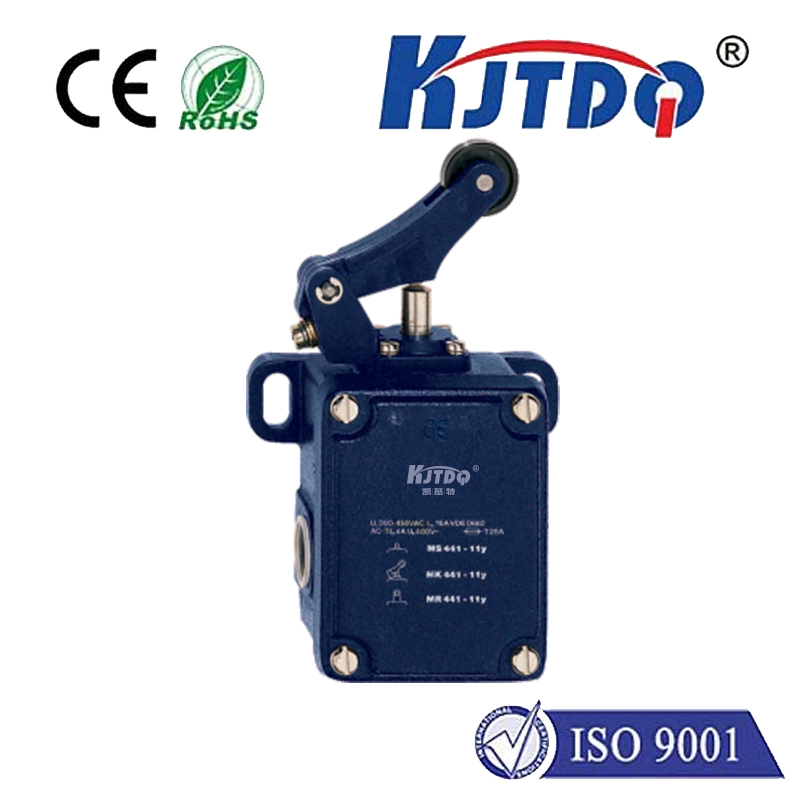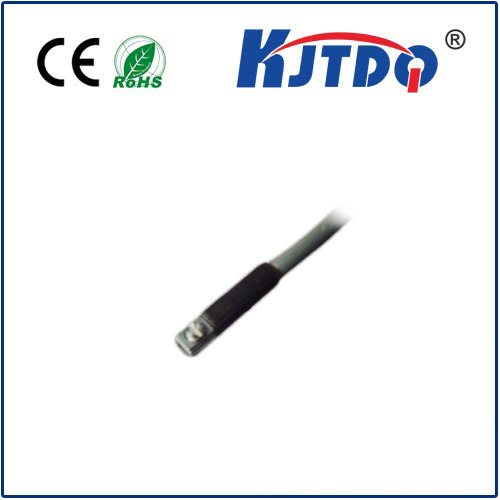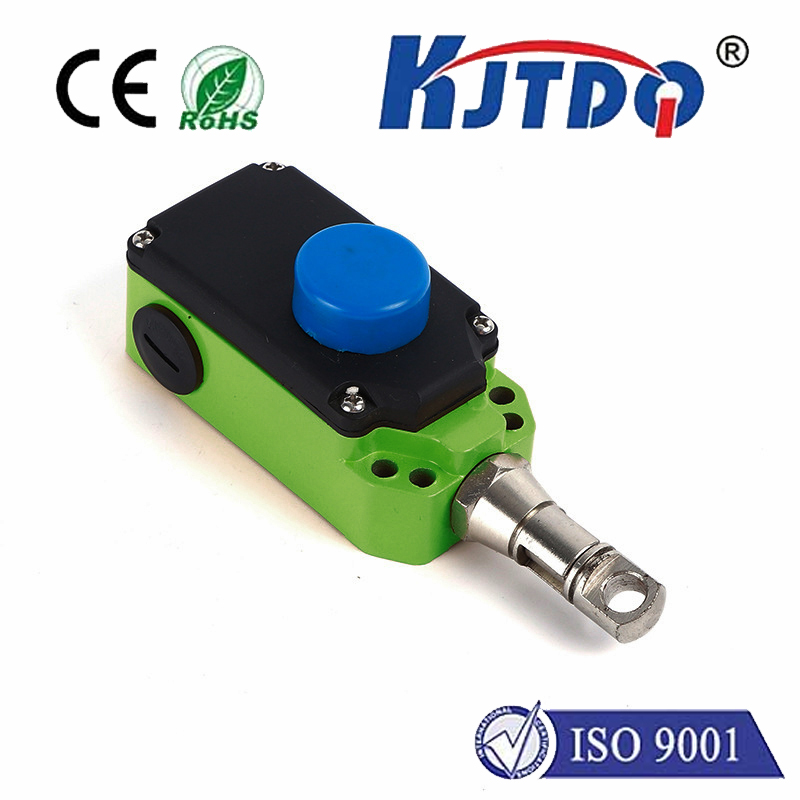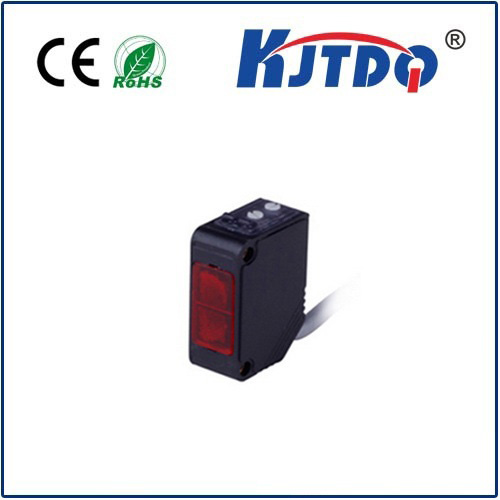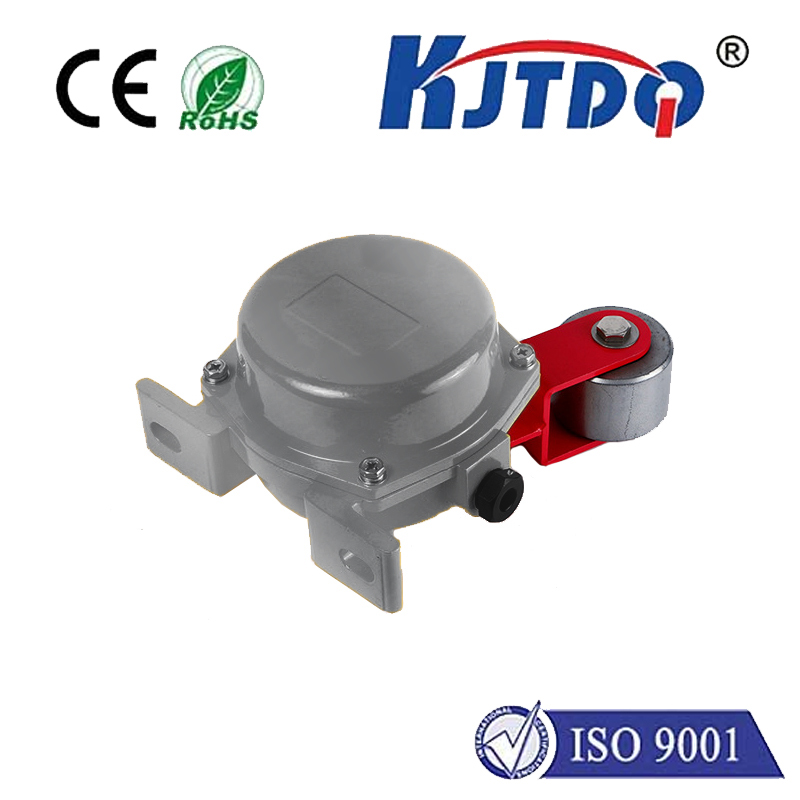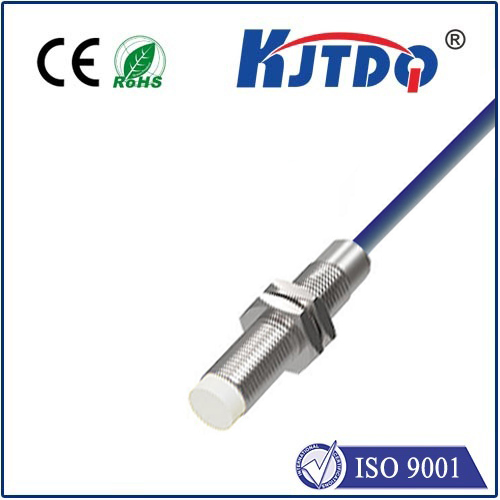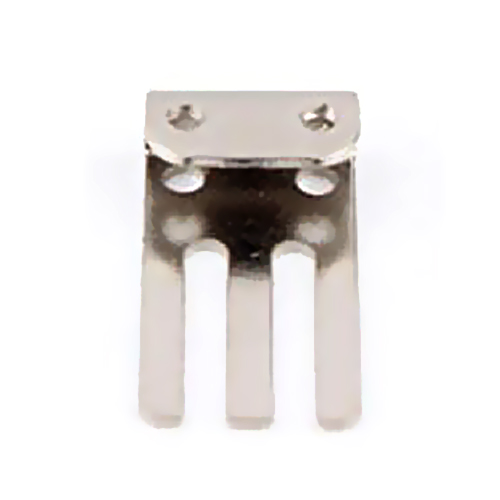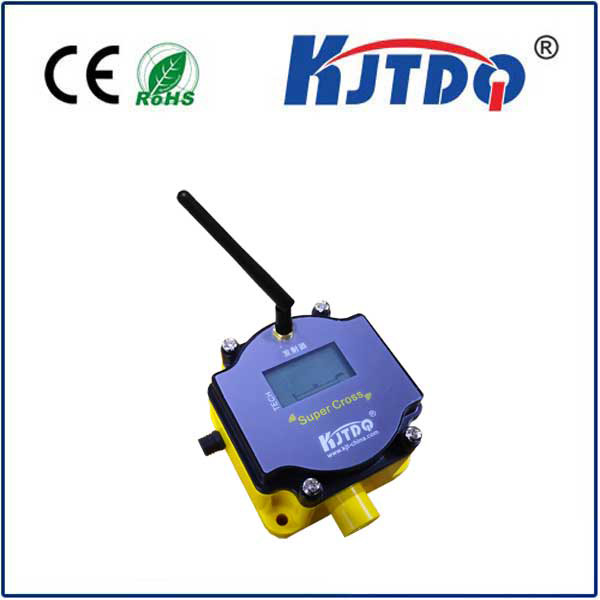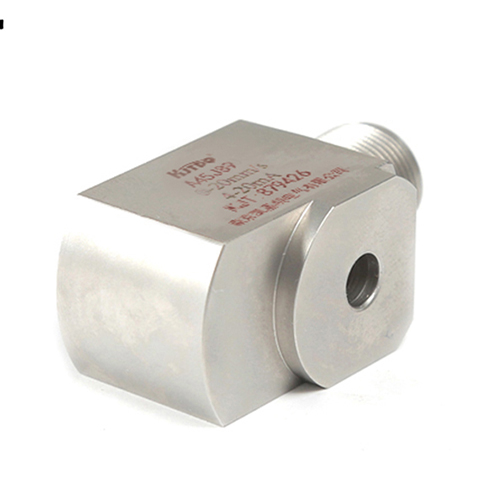цилиндр датчика приближения
- time:2025-07-19 08:08:12
- Нажмите:0
Beyond the Hiss: How Proximity Sensors Revolutionize Pneumatic Cylinder Performance
Pneumatic cylinders are the unsung heroes of countless industrial processes, providing robust, reliable linear motion for everything from assembly line picking to packaging machine clamping. Their power and simplicity are undeniable. Yet, for decades, knowing precisely where that piston rod was positioned required cumbersome mechanical switches or guesswork. Enter the цилиндр датчика приближения – a fusion that transforms a basic actuator into a smart, data-rich component, driving efficiency and intelligence in modern automation. Understanding this critical pairing is key to unlocking the next level of performance in pneumatic systems.
The Challenge: Knowing “Where” Matters
Traditional pneumatic systems operate on open-loop control. You send an air signal; the cylinder extends or retracts assuming it reaches its end position. But what if contamination slows it down? What if a payload shifts? What if you need precise mid-stroke stopping? Without accurate, real-time position feedback, achieving consistent results becomes difficult. Mechanical limit switches provided a solution but brought their own drawbacks: physical wear, susceptibility to vibration, slow response times, and the need for precise mounting and adjustment. They added points of failure and maintenance burden.
The Solution: Contactless Precision
This is where proximity sensors shine. These non-contact devices detect the presence of a metallic target (typically the cylinder’s piston itself or a dedicated trigger ring) without physical touch. When integrated into or near a pneumatic cylinder, they provide instantaneous, wear-free feedback on the piston’s position. The most common type used is the индукционный датчик приближения, perfectly suited for detecting the metal piston within the cylinder barrel. Capacitive sensors can also be used, especially if non-metallic cylinder bodies are involved or detection of non-metallic targets is needed.
Seamless Integration: How it Works
Integrating a proximity sensor with a pneumatic cylinder is remarkably straightforward, contributing to its widespread adoption:
- Sensor Mounting: Sensors can be fitted directly into specially designed grooves or threaded ports machined into the cylinder barrel itself. This is the cleanest and most robust method, protecting the sensor. Alternatively, they can be mounted externally in brackets aimed at the cylinder barrel.
- Target Activation: As the piston moves within the barrel, its metal body (or a dedicated metallic trigger element attached to the piston) passes by the sensing face of the proximity sensor.
- Signal Generation: When the target enters the sensor’s detection range, it disrupts the sensor’s electromagnetic field (inductive) or capacitance field (capacitive). This change triggers the sensor’s electronic circuitry.
- Output: The sensor sends a discrete electrical signal (commonly PNP/NPN switching) to the machine’s controller (PLC, robot controller). This signal tells the controller unequivocally: “Piston is HERE.”
Why Integrate? The Compelling Benefits
The marriage of proximity sensors and pneumatic cylinders delivers tangible operational advantages:
- Enhanced Precision & Repeatability: Eliminate guesswork. Achieve consistently accurate end-of-stroke positioning and reliable mid-stroke position verification for complex sequences. This is crucial for applications like pressing, inserting, or precise part placement.
- Dramatically Reduced Downtime: Proximity sensors are solid-state, meaning no moving parts to wear out. They outlast mechanical switches by orders of magnitude, significantly reducing failures and unscheduled stoppages. Predictive maintenance becomes easier.
- Improved Process Reliability & Quality Control: Real-time position confirmation ensures processes only proceed when components are correctly located. This prevents misoperations, jams, and defective products downstream. Cylinder position sensing becomes a cornerstone of quality assurance.
- Faster Cycle Times: With instantaneous electronic switching compared to the mechanical actuation/rebound of limit switches, proximity sensors enable faster signal transmission to the controller, allowing for quicker response and potentially faster machine cycles.
- Diagnostic Capabilities: Sensor signals can be used not just for control, but for diagnostics. Unexpected signal timing can indicate problems like low air pressure, sticking cylinders, excessive load, or mechanical binding – enabling early intervention.
- Simplified Setup & Reduced Maintenance: No physical adjustments are needed after initial setup. The non-contact nature means no levers to bend or contacts to clean. Once mounted and configured, they operate reliably for long periods.
- Robustness in Harsh Environments: Modern inductive proximity sensors boast high Ingress Protection (IP) ratings, making them resistant to dust, dirt, coolants, oils, and vibrations common in industrial settings where pneumatic cylinders operate.
Selecting the Right Sensor for Your Cylinder
When implementing cylinder position sensing, consider these factors for optimal performance:
- Sensor Type: Inductive is standard for detecting metal pistons. Capacitive is needed for non-metallic cylinders or targets.
- Mounting: Barrel-embedded is preferred for protection and accuracy. Ensure compatibility between the sensor form factor and the cylinder’s mounting provisions.
- Detection Range: Choose a sensor with adequate range to reliably detect the piston/target through the cylinder wall material.
- Electrical Output: Match the sensor’s output type (PNP/NPN, NO/NC) and voltage rating to your controller’s input requirements.
- Environmental Rating: Select an IP rating (e.g., IP67, IP69K) suitable for the application’s dust, moisture, and chemical exposure.
- Response Time: Ensure the sensor’s switching speed meets the cycle time demands of your application.
- Target Material & Size: For inductive sensors, the target must be ferrous (iron-based) unless specified as sensing all metals. Ensure the target is large enough to be reliably detected.
Beyond End-Position: Advanced Sensing Options
While end-of-stroke detection is most common, the цилиндр датчика приближения concept extends further:
- Mid-Stroke Positioning: Multiple sensors along the barrel allow detection of several discrete positions, enabling complex motion sequences without additional mechanical stops.
- Cylinder Speed Monitoring: By timing the interval between sensors detecting the piston, actual cylinder speed/velocity can be inferred, useful for fill rate monitoring in bottling or ensuring controlled acceleration/deceleration.
- Pneumatic Cylinder Position Feedback: While offering discrete (on/off) positions rather than continuous analog feedback like magnetostrictive sensors, multiple strategically placed proximity sensors can provide robust positional data points essential for sequence control.
The Future: Smarter Air Power
The integration of proximity sensors is a fundamental step in the evolution of pneumatic cylinders from simple actuators towards intelligent components within Industry 4.0 frameworks. This reliable position data feeds into higher-level control systems, enabling predictive maintenance algorithms, process optimization, and seamless integration with other smart devices on the factory floor.
Applications Driving Demand
You’ll find proximity-sensor-equipped pneumatic cylinders enhancing precision and reliability across numerous sectors:
- Packaging Machinery: Ensuring carton flaps are folded, seals are closed, and products are correctly placed.
- Automotive Assembly: Precimate insertion of components like clips, bushings, or sensors; verifying door/window actuator positions.
- Перевозка материалов: Confirming gripper open/close states and part presence before transfer.
- Pharmaceutical & Food Processing: Ensuring hygienic processes with sealed sensors and verifying valve positions.
- Robotics: Providing critical feedback for robotic end-effectors powered by pneumatics.
The union of датчик приближения technology with the fundamental pneumatic cylinder is not merely a convenience; it’s a strategic upgrade delivering measurable improvements in efficiency, quality, and uptime. By providing reliable, non-contact position feedback, this combination empowers engineers to build smarter, faster, and more resilient automated systems, solidifying the continued relevance of pneumatic power in the modern industrial landscape.
